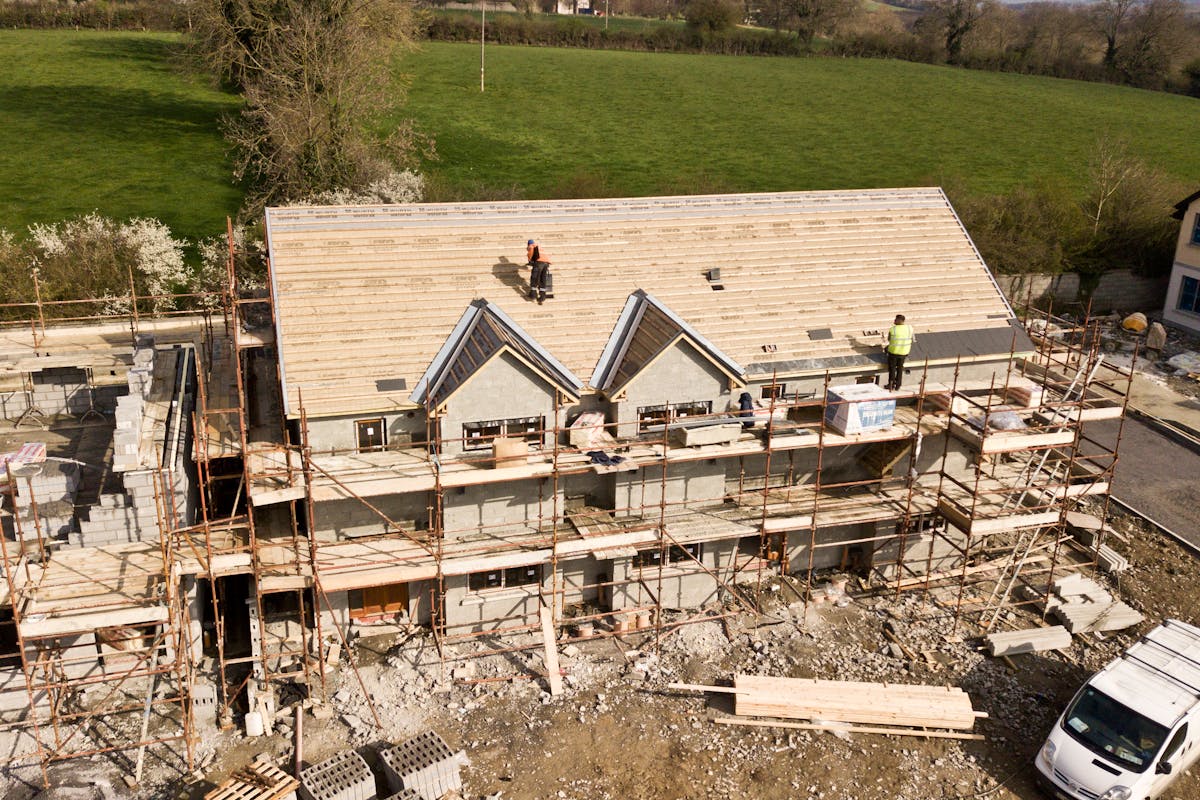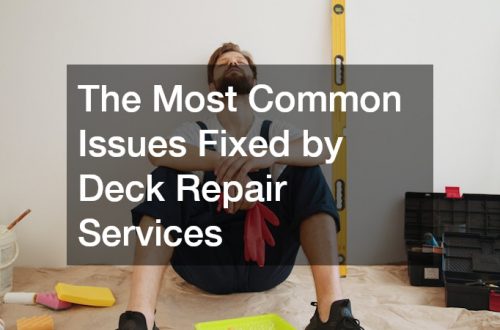
When starting a kitchen cabinet remodeling venture, it’s essential to think about the type of cabinetry style you prefer. The realm of kitchen cabinetry offers a variety of options, including face-framed cabinets, inset cabinets, and frameless cabinets (often called Euro box construction). Each style has its distinct features and factors to weigh, making it crucial to grasp these disparities to make well-informed choices.
Face Framed Cabinets: A Traditional American Approach
The face-framed cabinet, also known as a framed cabinet box construction, represents the traditional American way of constructing cabinets. In this style, a three-quarter-inch face frame surrounds the front opening of the cabinet, providing stability to the entire structure. This face frame is typically crafted from real wood and adds a classic touch to the overall design.
When working with face-framed cabinets, it’s essential to note that the face frame overlaps each end of the box by a quarter inch. This can impact the design, particularly when dealing with fillers and finished ends. Face-framed cabinets were once considered more budget-friendly, but with advancements in the industry, this may no longer be the case.
Inset Cabinets: A Charming Traditional Choice
Inset cabinetry is a less common but charming traditional American style that is making a comeback, especially in the southern states. In this construction, the doors and drawers are flush with the face frame, creating a seamless, elegant look. The key difference is that instead of the doors resting on top of the face frame, they are set within it.
Designing with inset cabinets requires careful consideration of details. The amount of face frame around the openings is typically one and a half inches. This needs to be maintained consistently for a cohesive appearance when multiple cabinets are placed side by side. Inset cabinetry is often associated with a higher-end market due to the meticulous attention required during the design and manufacturing process.
Frameless Cabinets: The Efficient Euro Box Construction
Frameless cabinets, also known as Euro box construction, represent a more efficient and modern approach to cabinetry. Originating from Europe, this style eliminates the front face frame altogether, providing full access to the entire width of the cabinet. This translates to more storage space, especially in drawers, making it a favorite for those who prioritize functionality.
In frameless cabinets, the doors and drawer fronts fully overlay the cabinet box, leaving minimal gaps between them. This tight alignment requires the use of hardware for smooth operation. The absence of a face frame allows for a sleek, contemporary appearance. When working with frameless cabinets, it’s crucial to pay attention to details such as panel alignment and the need for modifications to accommodate under-cabinet lighting.
Choosing the Right Style for Your Kitchen Cabinet Remodeling
Deciding on the most suitable cabinetry style for your kitchen cabinet remodeling project involves considering various factors beyond aesthetics. While the choice between face-framed, inset, or frameless cabinets significantly impacts the overall look and feel of your kitchen, it also affects functionality, storage capacity, and, inevitably, the budget.
If opting for face-framed cabinets, understanding terms like half overlay and full overlay is crucial. The overlay amount determines how much the doors cover the face frame, influencing the gaps between doors and drawer fronts. This awareness becomes particularly relevant when working with older kitchens, often characterized by larger gaps due to outdated cabinet styles.
Inset cabinetry, on the other hand, requires meticulous planning to achieve a consistent and polished appearance. The one-and-a-half-inch face frame must be maintained throughout the kitchen, and discussions about finished ends and fillers become essential for a seamless design. While inset cabinetry may be considered a higher-end choice, its timeless appeal and attention to detail make it a preferred option for those who appreciate craftsmanship.
In the realm of frameless cabinets, efficiency and modernity take center stage. The absence of a front face frame allows for full access to the cabinet’s width, maximizing storage space. Design considerations include ensuring panel alignment, using extended fillers for a polished look, and addressing modifications for under-cabinet lighting.
Conclusion
Understanding the nuances of kitchen cabinetry styles goes beyond choosing between a white Shaker or a Walnut finish. Face-framed, inset, and frameless cabinets each bring their own unique characteristics and considerations to the table. For anyone undertaking a kitchen cabinet remodeling project, being well-informed about these construction styles ensures that the final result aligns with both aesthetic preferences and practical needs. So, before diving into the world of quotes and budgets, take the time to explore the foundations of cabinetry – it’s the first step toward a kitchen that seamlessly blends style and functionality.
.






